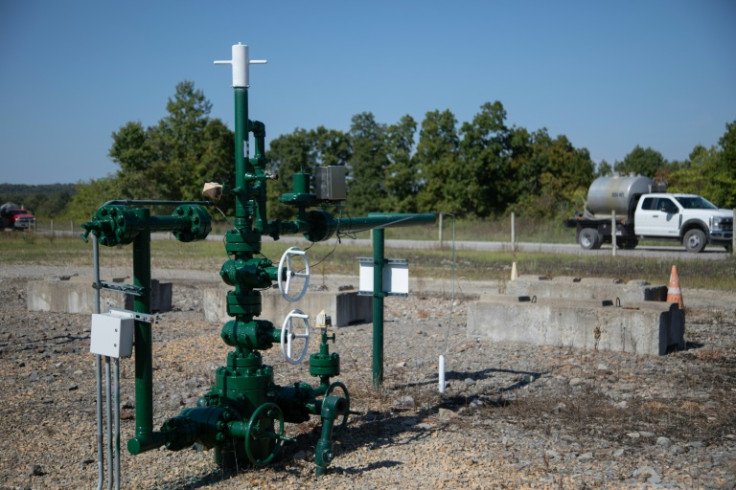
The U.S. natural gas market is projected to decline in 2024, even as demand reaches a record high, marking the first time demand increases for four years in a row since 2016, the U.S. Energy Information Administration (EIA) said in its Short Term Energy Outlook (STEO) on Tuesday.
U.S. dry gas production is expected to decrease from last year's 103.8 billion cubic feet per day (bcfd) to 103.5 bcfd this year. The decline is attributed to reduced drilling activity following a significant drop in average monthly spot gas prices at the Henry Hub benchmark, which fell to a 32-year low in March, Reuters reported.
The EIA projects that output will increase to 104.6 bcfd in 2025. Additionally, there is a moderate growth forecast for the U.S. natural gas market. As per the EIA predictions, domestic gas consumption is expected to increase from 89.1 billion cubic feet per day (bcfd) last year to 90.1 bcfd this year, and then decline to 89.1 bcfd in 2025.
If the forecasts are to be believed, this year will see the first output drop since 2020, when demand for the fuel fell due to the COVID-19 pandemic.
The agency also anticipates that average U.S. liquefied natural gas (LNG) exports will increase to 12.1 bcfd in 2024 and 13.8 bcfd in 2025, up from a record 11.9 bcfd in 2023.
Moreover, the EIA predicts that carbon dioxide (CO2) emissions from fossil fuels will decrease from 4.791 billion metric tons in 2023 to 4.777 billion metric tons in 2024, driven by declining oil and coal use. However, emissions could rise again to 4.794 billion metric tons in 2025 as petroleum and coal use increase again.
It further said that U.S. coal production will significantly decline as natural gas and renewable energy sources gradually replace coal-fired power facilities.
According to a new International Energy Agency (IEA) review of global gas markets and security, global gas demand is forecast to rise by more than 2.5% in 2024, with similar growth expected in 2025.
"Fast-growing markets in Asia account for a large amount of the increase while a rebound in Europe's industrial gas demand is also contributing, even though it remains well below its pre-crisis levels," the IEA stated in the latest edition of the annual Global Gas Security Review.
The report further said that markets "remain sensitive to unexpected supply and demand side developments."



